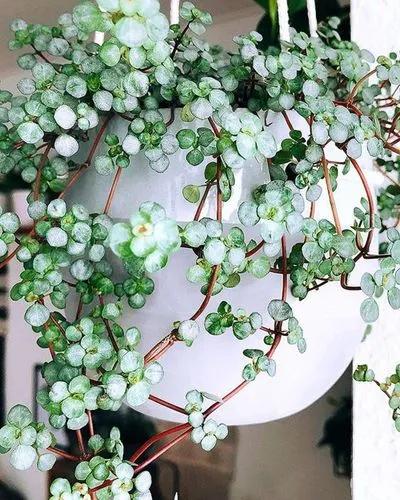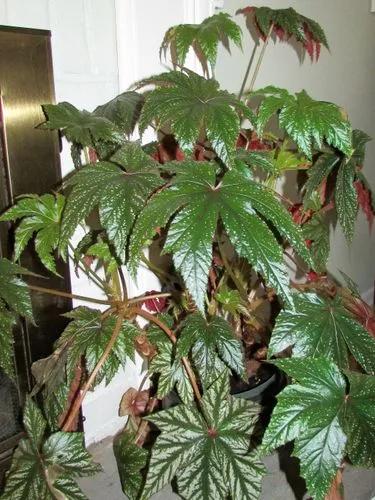Darlingtonia californica, also called the California pitcher plant, cobra lily, or cobra plant, is a species of carnivorous plant. As a pitcher plant it is the sole member of the genus Darlingtonia in the family Sarraceniaceae.
California-pitcherplant Care
Darlingtonia californica



The name "cobra lily" stems from the resemblance of its tubular leaves to a rearing cobra, complete with a forked leaf – ranging from yellow to purplish-green – that resemble fangs or a serpent's tongue. The plant was discovered in 1841 by the botanist William D. Brackenridge at Mount Shasta. In 1853 it was described by John Torrey, who named the genus Darlingtonia after the Philadelphian botanist William Darlington (1782–1863). Because many carnivorous species live in hostile environments, their root systems are commonly as highly modified as their leaves. Darlingtonia californica is no exception. The cobra lily is able to survive fire by regenerating from its roots, but despite this important role the roots are very delicate organs. While the temperatures in much of the species's range can exceed 25°C, their roots die back after exposure to temperatures not much higher than 10°C.
How to Care for the Plant

Water

Water your Darlingtonia daily and allow it to drain through completely rather than setting it in standing water. Daily watering mimics what Darlingtonia experience in the wild, where a constant, slow stream of cool water washes over its roots, cooling the plant and rinsing the soil of nutrients or organic chemical buildup.

Fertilizer

If grown outdoors, they will catch all of their own food. 16-16-16 fertilizer can also be applied, once per month, to the leaves and pitchers of the plant.

Sunlight

They appreciate lots of sun, like Sarracenia, but in order to avoid overheating in cultivation you may have more success growing it in morning sun only or filtered all day sun. Shade the pots if possible to keep the solar heat at a minimum.

Soil

The best mix for Cobra plants is three parts New Zealand long-fibered sphagnum moss to one part pumice or lava rock. Another good mix is two parts lava rock, and or pumice to one part peat. Basically the mix should be airy and the rock ingredients will help cool the roots. Live sphagnum makes an ideal media as well.

Temperature

The plants are winter hardy and can take temperatures down to 15°F. But they are sensitive to heat especially in the roots. Ideal root temperature would be 40-55°F. Warm roots can kill them quite rapidly. All Darlingtonia require a winter dormancy starting in October and ending in February. Leave them outdoors in full sun, sitting in distilled water during this period. If you live in an area that snows; over winter them indoors on a sunny windowsill in an unheated room or garage.

Container

Choose a pot with enough drainage holes. The ideal type of pot for a Darlingtonia is short and wide. Darlingtonia have short roots, so the container doesn’t have to be tall.

Popularity

53 people already have this plant 30 people have added this plant to their wishlists
Discover more plants with the list below
Popular articles






